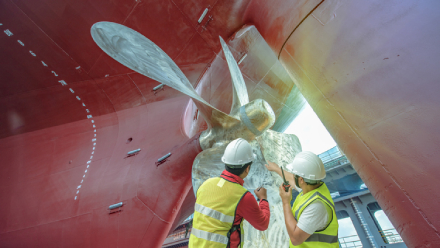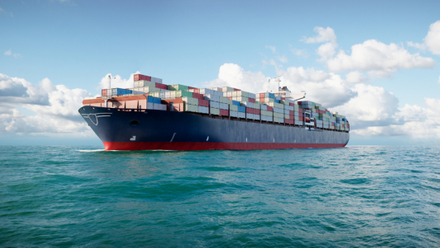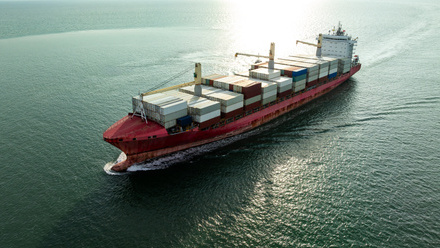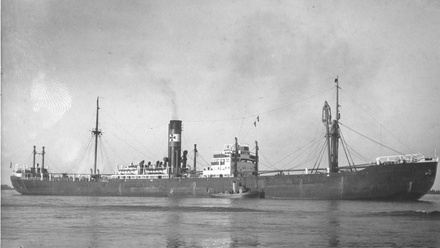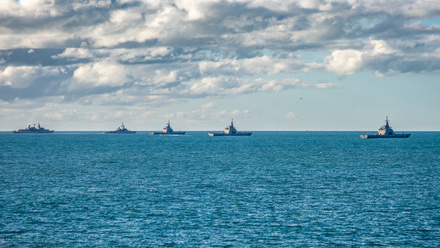London Gateway expansion: UK ports aim for global dominance
With news of expansion plans, London Gateway is growing rapidly. But what of other UK ports and where do they fit into the bigger picture?
The recent announcement of a £1bn expansion programme is positioning London Gateway to become the fastest growing port in the UK.
DP World's investment plan will see the construction of two new shipping berths and a new rail terminal. By 2030, the expansion will allow London Gateway to simultaneously handle six 400-metre-long vessels.
The investment is an example of the bigger picture of how UK ports are regarded in terms of importance. For example, 2024 saw UK trade with Europe’s North Sea Port increase by 26%. Last year's cargo traffic figures increased by 1.2 million from 2023 to six million tonnes of goods, enabling the UK to become the number one trading partner with North Sea Port. While recent issues such as Brexit and the Covid-19 pandemic affected European trade, the 2024 figures meant that the UK beat the US, Sweden and Canada.
London Gateway's plans are set to meet with this increase. While at the present time, it handles an annual rate of around 2 million TEU (twenty-foot equivalent unit), investment will considerably boost that volume.
Sultan Ahmed bin Sulayem, Group Chairman & Chief Executive Officer at DP World, explained that London Gateway will help make Britain’s trade flow in the future by “connecting domestic exporters with global markets and delivering vital supply chain resilience for the whole economy”.
Ernst Schulze, Chief Executive Officer for Ports & Terminals at DP World UK, added that London Gateway’s location and transport infrastructure are “ideally placed” for expansion: “With extra capacity comes the reliability and supply chain resilience so important to our customers and consumers, especially in uncertain times such as the pandemic and disruption due to geopolitical events.”
A further recent boost to the port's growth is the announcement that Maersk will use this as a docking location for its Asia-Europe container ships. Maersk explained that the London Gateway is “the most optimal port to serve our customers importing/exporting cargo to/from the UK” in an official statement.
Sustainability a major consideration
But London Gateway is not the only UK port to expand its facilities. Associated British Ports (ABP), for instance, has put forward a planning application for expansion at the Stallingborough Interchange in the Humber. The plan is to convert existing land space into “external storage and distribution of goods and products associated with port-related import-export activities” and “12,000 sq m of associated buildings, landscaping, including land for biodiversity, and ground mounted solar panels”, having acquired the 227.5-acre site freehold in December 2024.
Another motivator for recently announced future expansion plans is the growth of renewable energy. Forth Ports' investment of £50m into the Port of Leith's infrastructure comes in the wake of securing the 1.1 GW Inch Cape offshore wind farm. The agreement with Inch Cape will use Forth's facilities at both the Ports of Dundee and Leith.
But can port expansion meet today's sustainability requirements? London Gateway's new £350m berth is the world’s first to be powered solely by electricity – an example of introducing new facilities to boost environmentally-friendly operations. The mandatory Biodiversity Net Gain (BNG) is another consideration. The purpose of BNG is to ensure any potential development work will have a positive rather than negative effect on biodiversity.
DP World says that it is committed to achieving net zero in 25 years as an organisation; the expansion of London Gateway appears to represent clear progress on that journey.
Tell us what you think about this article by joining the discussion on IMarEST Connect.
Image: London Gateway seen from above; credit: Shutterstock.


